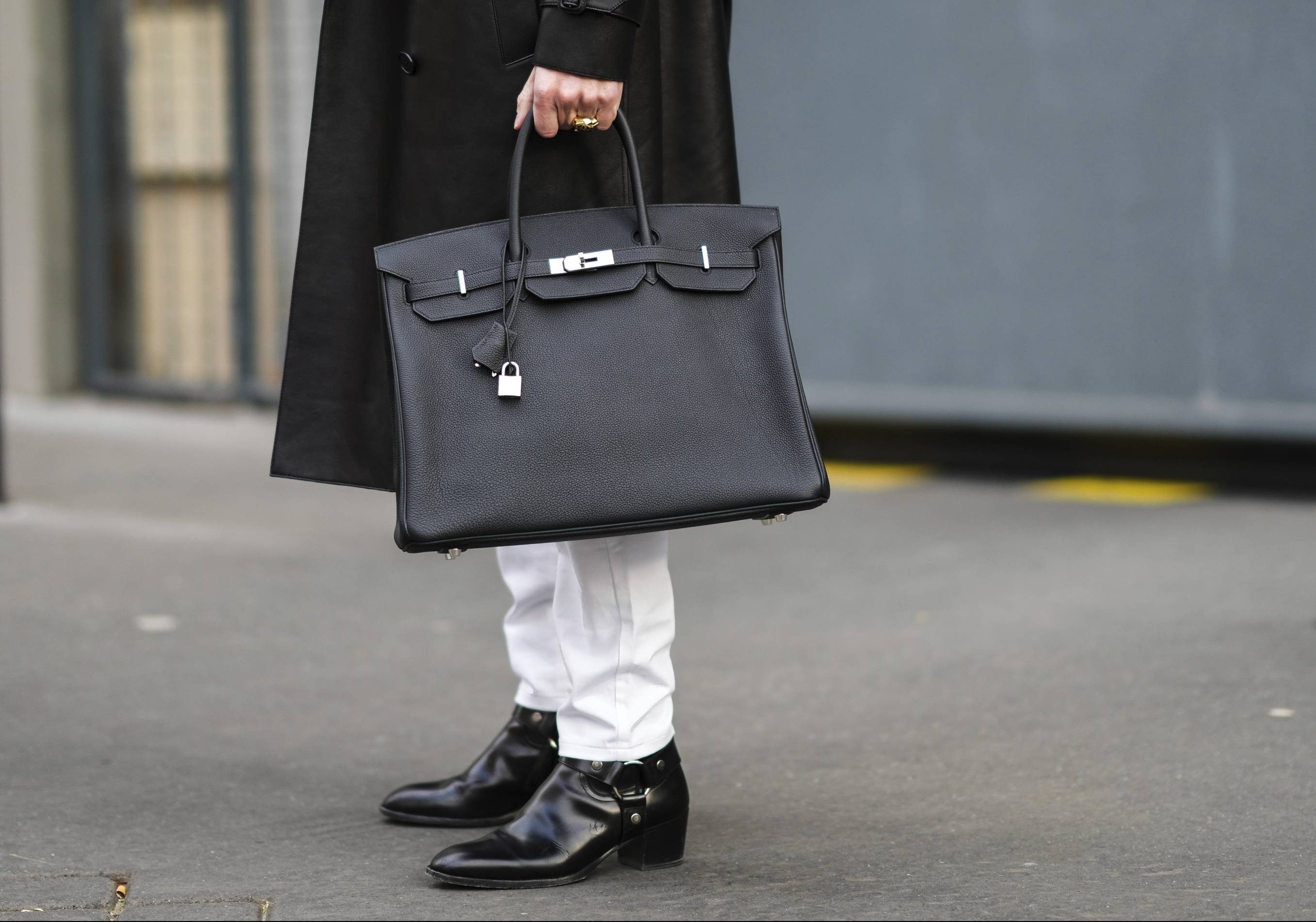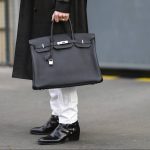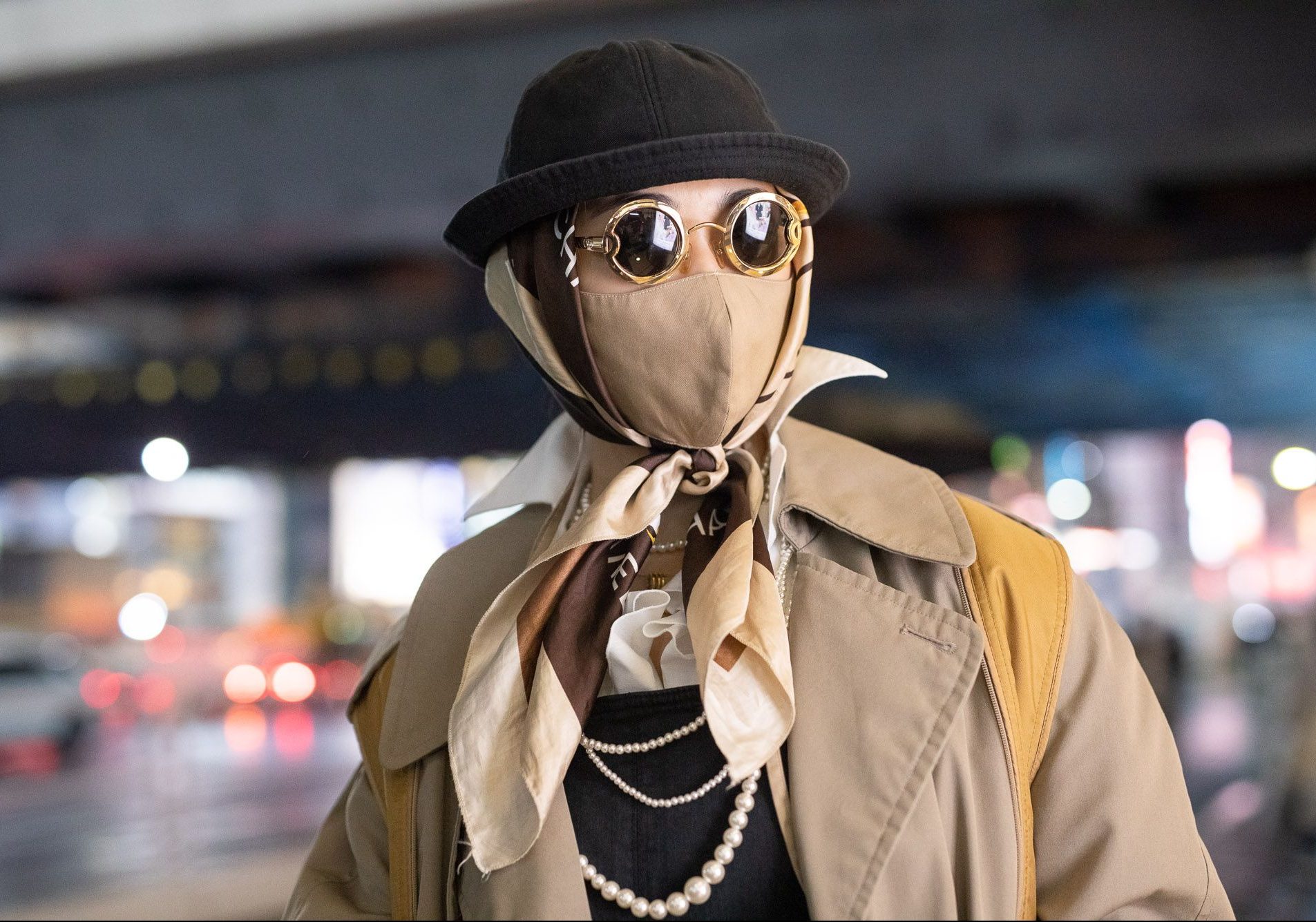
5 Japanese Fashion Designers You Need To Know
Contributed by Rebekah & Elly
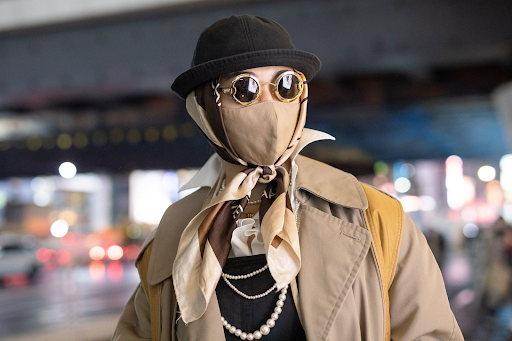
Brands, Fashion, Lifestyle
October 14, 2022
0 Comments
Brands, Fashion, Lifestyle
October 14, 2022
0 Comments
Rebekah & Elly
Image courtesy of Harper’s Bazaar
Since Japan opened its doors to the rest of the world in 1854, Japan has become one of the most inspiring fashion capitals in the world. Characterised by its unique juxtaposition between tradition and cutting-edge modernity, Japanese fashion has certainly made its mark in the international fashion landscape in a relatively short amount of time, churning out household names such as Rei Kawakubo of Comme des Garçons, Issey Miyake, Kenzo Takada, and many, many more.
That being said, there are plenty of other innovative powerhouses from Japan that are taking the fashion world by a storm. However, a running trend among the current leading designers of Japanese fashion is a decided aversion to publicity, so many of their names aren’t quite on everyone’s lips just yet.
That being said, we’re here to help. Keep reading for a curated list of the five most prolific Japanese fashion designers of our generation that only fashion insiders are familiar with.
Junya Watanabe
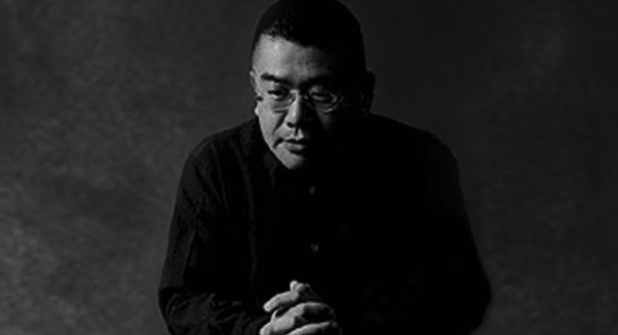
One of the few photos available online of the elusive Watanabe. Image courtesy of The Business of Fashion
Ever since Junya Watanabe’s impressive beginning to his career in the 1980’s as an apprentice pattern maker Comme des Garçons and protégé of the esteemed Rei Kawakubo, things have only been going up for this notoriously private designer.
Despite the massive impact of his old mentor, Watanabe has managed to cement himself as a standout figure in not only the Japanese, but the global fashion industry as a whole— all while retaining a reputation for eluding the press and the spotlight.
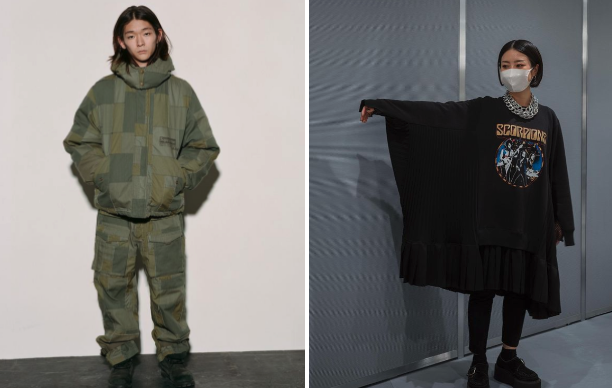
Junya Watanabe X Supreme 2021, image courtesy of @supremenewyork on Instagram, Pleats One-Piece, image courtesy of @junyawatanabe_ikebukuro on Instagram
Under his label Ikebukuro, his avant-garde, yet distinctly wearable and brilliantly conceptualised designs as well as his famously innovative eye for patterns and cuttings have brought him tremendous international acclaim, serving as a muse for none other than fashion figurehead Kanye West himself.
Yohji Yamamoto
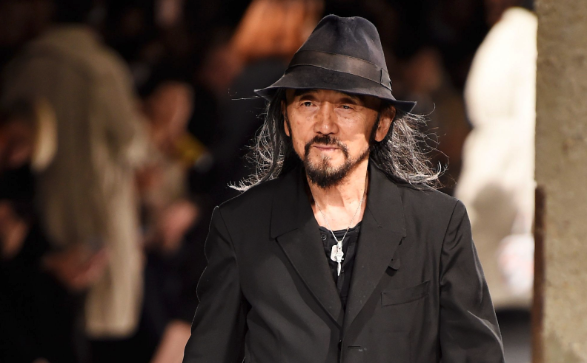
Image courtesy of NSS Magazine
Besides Rei Kawakubo, Yohji Yamamoto is arguably the most famous Japanese fashion designer of the 20th century. At its foundation, Yohji Yamamoto’s designs are a cross-pollination of traditional Japanese design with contemporary perspectives, and the Japanese brand has produced consistently stunning pieces throughout its 35-year history.
What makes the label more interesting, however, is the impact Yamamoto’s work has had on broader fashion, when one considers how many of his signature elements have become commonplace, from extended silhouettes and drop-crotch to asymmetric design and draped, layered style. And yet, with all this considered, the only constant of Yamamoto’s work is the colour black, a colour the designer himself has described as saying, “I don’t bother you — don’t bother me.”
Beyond his own label, Yamamoto has worked with Adidas Originals on the hugely successful Y-3 line, birthplace of the Qasa, one of fashion’s most coveted sneaker designs — no mean feat when you consider revered labels like Chanel, Louboutin and Balenciaga still struggle to make a shoe with half the appeal of a simple Air Jordan. Such is the magic of Yohji Yamamoto: decades of craft and timeless appeal like no other.
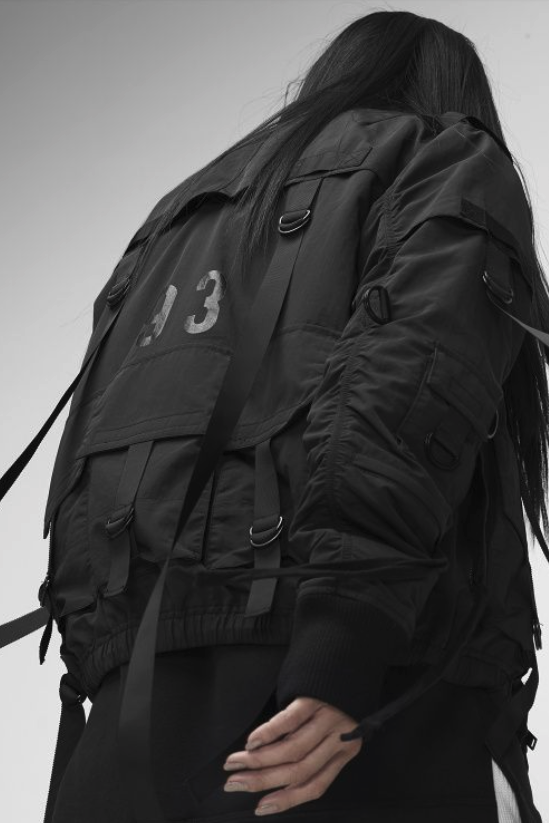
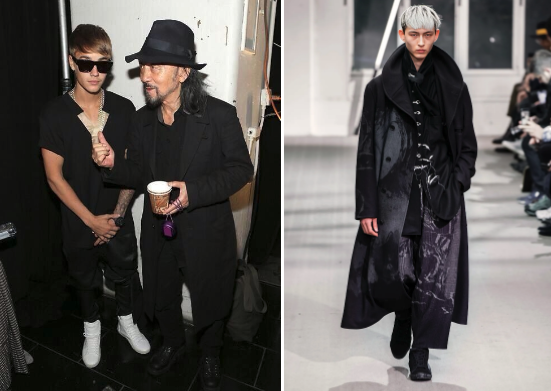
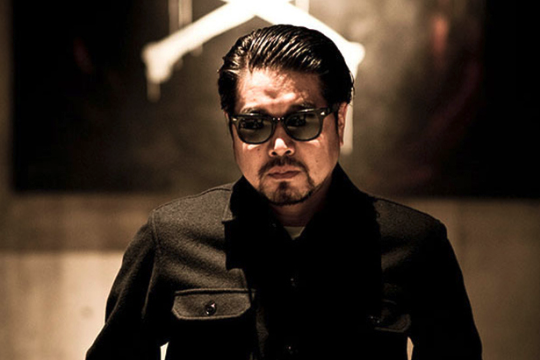
Image courtesy of Hypebeast
As the founder of renowned streetwear label Neighbourhood with roots in the Nagano Prefecture of Japan, Takizawa had cultivated a love of fashion from a very tender age. In the early 80’s, he was particularly inspired by the punk rock subculture in London while there on a student exchange. Upon his return to Japan, he enrolled into fashion school, moving to Tokyo to pursue a career as a DJ and fashion stylist.
At that point, Takizawa met the famed Godfather of Streetwear, Hiroshi Fujiwara through mutual friends. He then became a part of the Major Force record label, spending 8 years there before taking on the role of director. In the early 90’s, Takizawa resigned as director and started his own label, Neighbourhood.
An avid motorcyclist himself, the motivation behind Neighbourhood was to fulfil the niche in the market for high-quality, high-fashion biking wear. Takizawa went on to imbue his creations with counter-culture, military, and even Native American motifs and inspiration, eventually becoming a founding figure of Japan’s signature Ura-Hara street style aesthetic and one of the most influential figures in today’s streetwear scene.
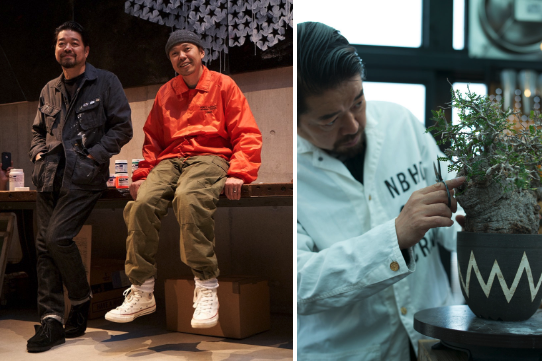
Takizawa with close friend Tetsu Nishiyama, image courtesy of Street Buzz Japan, Takizawa in an interview for Eyecmag, image courtesy of Eyecmag
Tomoaki Nagao AKA Nigo
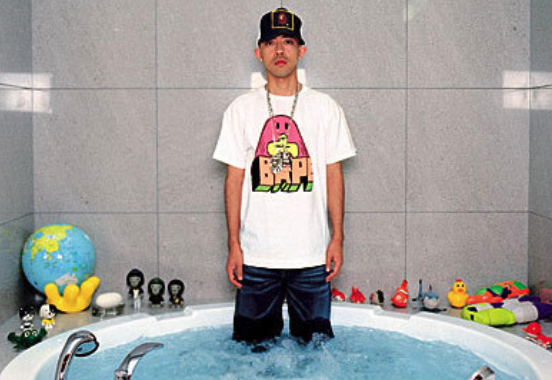
Image courtesy of Fanpop
You may know this particular Japanese designer by his chosen moniker, Nigo. Before the start of his high profile career as the creative director of Kenzo, rubbing shoulders with the likes of Pharell and Kanye West, Nagao got a running start to the Japanese streetwear scene, studying at the prestigious Bunka Fashion College in Tokyo where he met fellow Japanese fashion figurehead Jun Takahashi.
Nagao’s first venture was a humble collection of Bape t-shirts and camouflage-print hoodies, which proved hugely popular among teenagers in the Tokyo street scene. In 2002, he received international acclaim for his Bapesta sneaker, which British talk show host Jonathan Ross dubbed ‘the epitome of collectible footwear’. Things only went up from there, with Nagao going on to partner with Pharell to establish the Billionaire Boys Club in 2005, launching well-loved streetwear label Human Made in 2010, and becoming Creative Director of Uniqlo and Kenzo in 2014 and 2021 respectively.
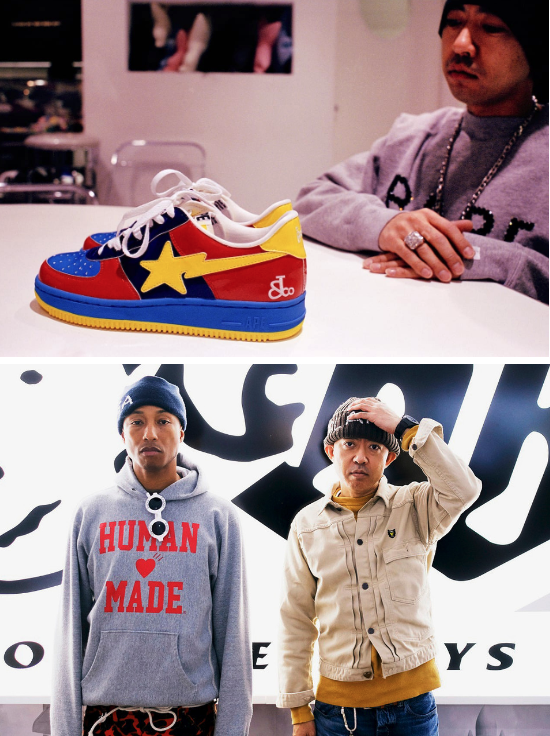
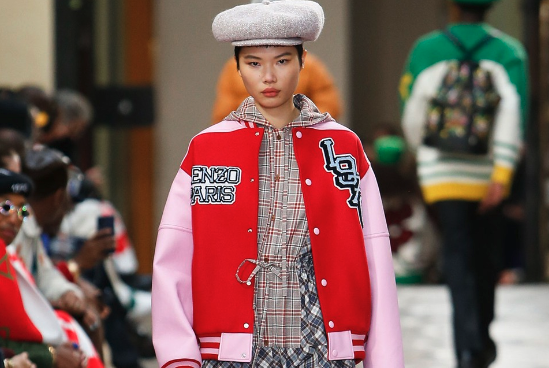
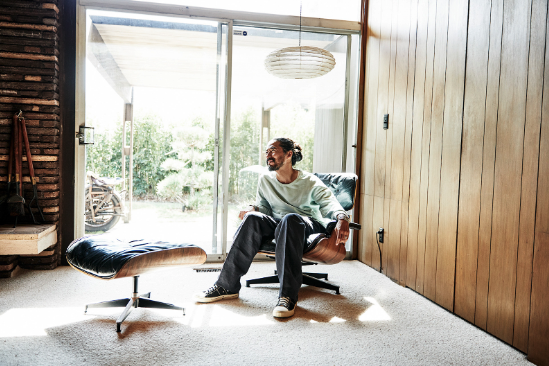
Image courtesy of Ture Lillegraven
Born in Kofu, Japan and raised in Tokyo, Hiroki Nakamura spent eight years studying and working in Alaska for Burton Snowboards, where he learned the mechanics of how to craft products with quality performance ability. This came in handy when he returned to Tokyo in the 90’s, where he cultivated an interest in the American workwear movement that was taking over the city at the time.
This interest would go on to influence Nakamura when he began developing his now-cult brand visvim in 2001. He started off with footwear, then expanded to apparel with vintage workwear, tribal, and traditional themes featuring fabrics custom made exclusively for the brand. It wasn’t long before his stylish, utilitarian, ‘future vintage’ designs received critical acclaim, being seen on the likes of Rihanna and Kanye West.
As of today, Nakamara remains Creative Director and CEO of visvim, as well as designing for menswear label F.I.L Indigo Camping Trailer and womenswear brand WMV (in collaboration with his wife Kelsi).
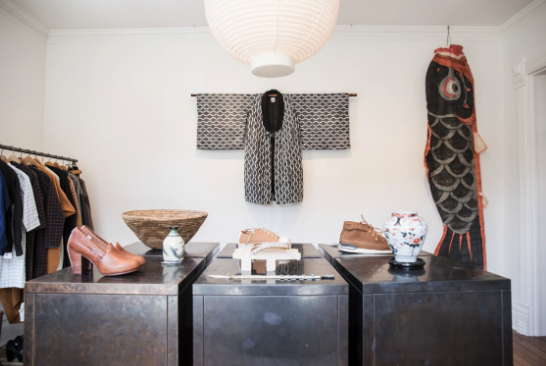
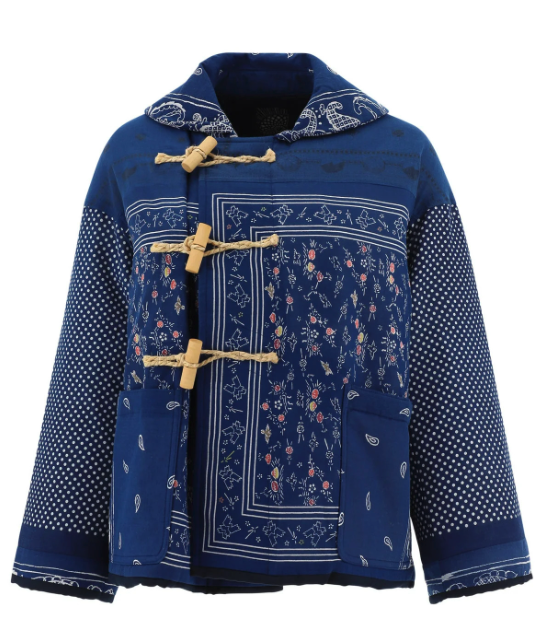
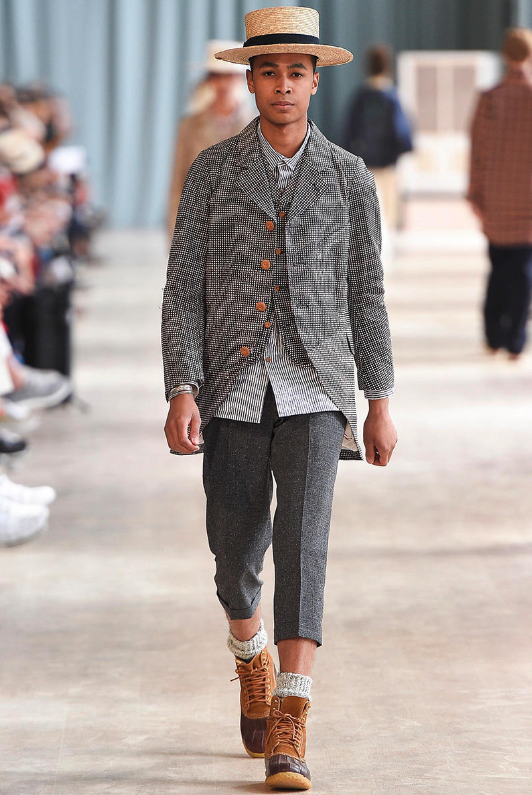
Visvim Kerchief Down Jacket in 2020, image courtesy of @StreetFashion01 on Twitter, A look from the visvim Spring/Summer 2017 collection, image courtesy of Hypebeast, The visvim WMV store in Santa Fe, image courtesy of Style Zeitgeist
Related Article
SUBSCRIBE NOW

Related Posts
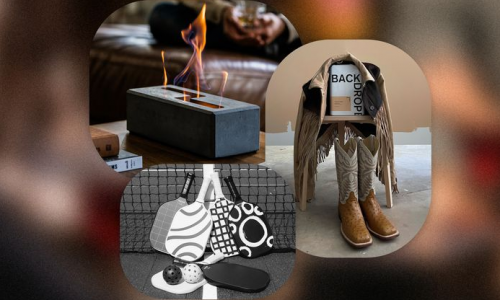
- alia nas
- December 27, 2022
3 Lifestyle Drops For the Holidays: 2022
As gifting season looms around the corner, you’re probably scratching your head trying to fig ..
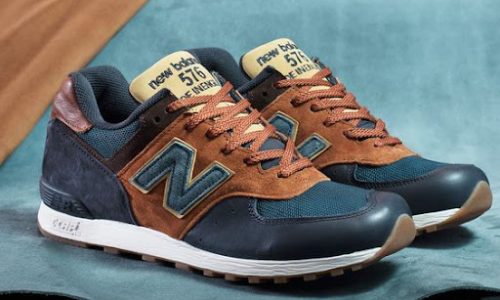
- Faizal Ramli
- November 9, 2022
The Top 5 New Balance Collaborations
Collaboration is nothing new for New Balance. The Boston-based sportswear juggernaut has made i ..
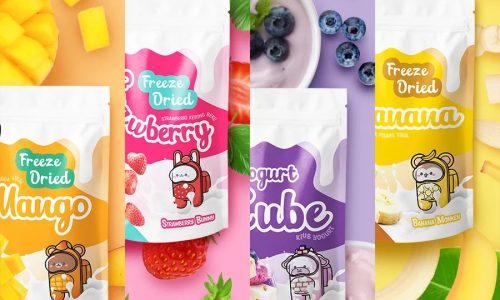
- irene.lim
- October 28, 2023
Indulge in Freeze-Dried Delights: Meet Space Lab – Where Healthy and Yummy Yoghurt Cookies and Dried Fruits Await
Craving your daily vitamins and minerals from fruits but tired of them spoiling too quickly? Fr ..
